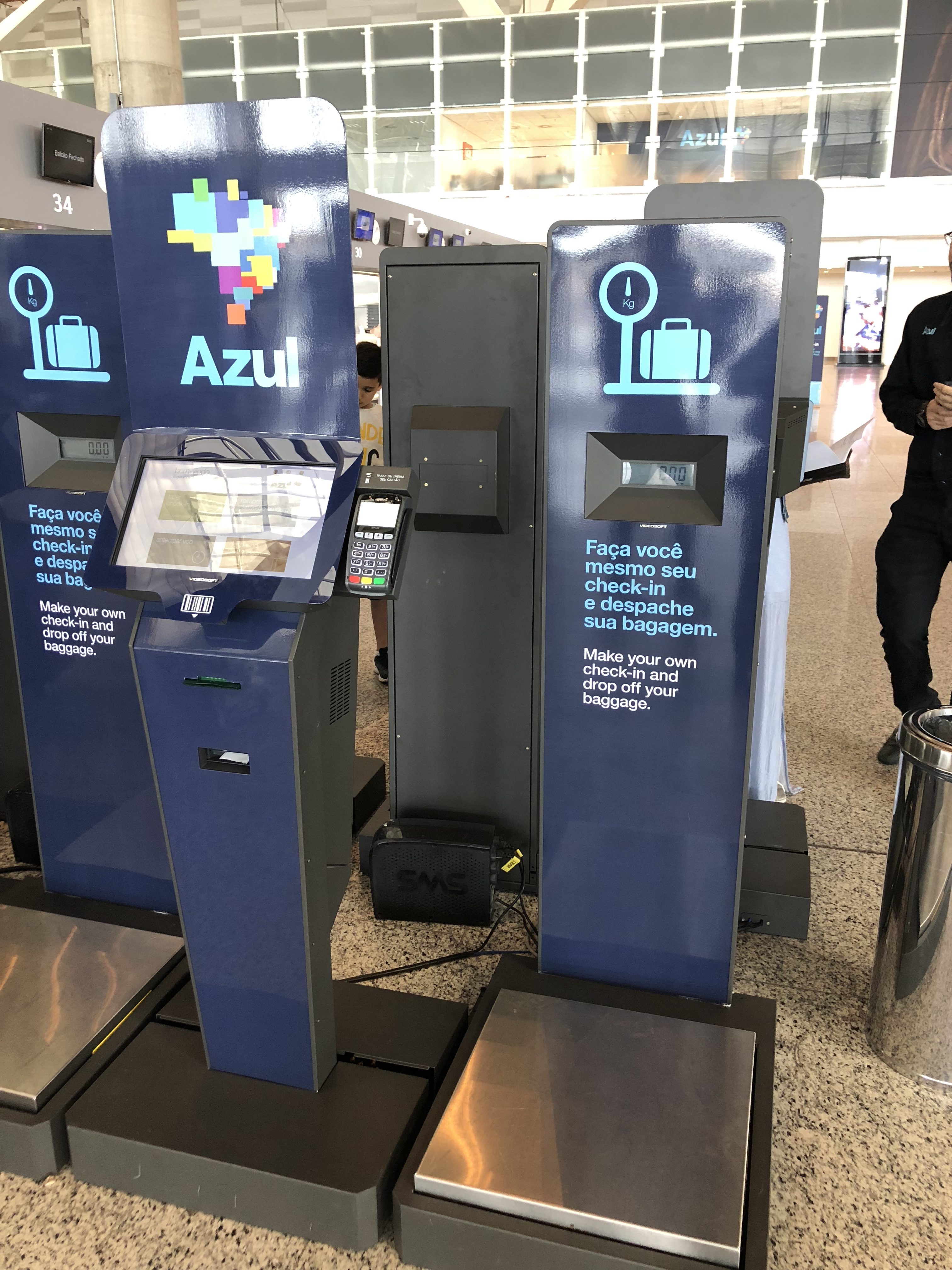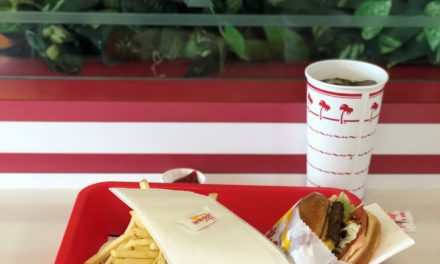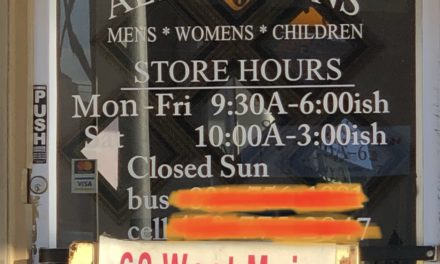All travel experiences have a beginning and an ending. For the most part, in air travel, the airport experience is in the middle of the overall travel experience. Very few customers actually book their travel right at the airport; you might be surprised that any customers still actually do book at the airport. And normally the concluding airport experience is very close to the end of a travel experience with the pick up of Uber or Lyft, hotel shuttle or hopefully for most of us a loved one picking us up at the airport.
The airport experience to some is a necessary evil. Something you have to do to get on the plane to go where you want to go. For others, it is an enjoyable part of the trip. You have a favorite restaurant you ensure you have enough time to eat at or you plan in enough time for a massage at the airport.
For the airlines, the airport experience is a bit of a mixed bag too. At airports where they are the dominant carrier, they have more control over your experience as a customer and have an easier time incorporating your wants and feedback. The relations with the security authorities in these airports tend to be better and the airline and customers get the benefit of that strong relationships. In airports where the carrier is not the dominant carrier adaptions to customer’s wants become more difficult.
For either a customer at the airport or an airline operating at an airport, frustration is equally felt with some of the major unpredictable situations that cause delays. Often in traveling, the time spent at the airport usually is the most unpredictable part of the whole experience. We all roughly know how long it will take to book a flight, we’re very comfortable with how long it will take to drive to the airport, airlines are usually great about informing us how long the total time inflight will be, and as we leave the airport up arrival to our destination we typically have a good idea of how long it is going to take to get to our final destinations. But the actual at the airport experience is far less of a perfect science as to how much of our time is it going to actually take. And specifically, the time spent doing something of our own choosing, given the possibility of long check-in, issues resolution or security lines and delays for weather or maintenance and even the dreaded return to the gate and deplaning after boarding the aircraft.
All of this makes the airport experience the most volatile for both customers and the airline and that is no different for Azul.
John Rodgerson, President and CEO of Azul and Jason Ward, Senior Vice President overall customer-facing teams at Azul, both founders and with Azul from the very beginning, are very proud of what they have built on the airport experience but always want to be improving and gave me free reign to look where ever I wanted because of their desire to find any opportunity to improve. As I noted in the introduction of this series, I’ll be sharing only Azul’s strengths and only sharing those that I feel have the broadest applications; do know there are many more strengths that could be shared.
During my work with Azul, I experienced their airports in 6 different operations type cities; their largest base of operations where they are clearly the most dominant carrier, 3 mid-size operations where they varied greatly in their dominance of overall market share and 2 small operation cities where they where one of the smallest players in the those cities. I did travel with Rodgerson, Ward and their leadership, but many times I tried to travel unknown to get an experience not impacted by being with the “bosses”.
Their presence in every city was felt and their employee’s attention and engagement were no different in a city where they were the big dog or the scrappy fighter. That has not been my experience with some other airlines. Often employees in the “out cities” operate with less of a feeling of engagement and don’t try as hard by giving up as the underdog. Customers feel it even make note of the stark difference in flying out of a hub of the airline with lounges, amenities and customer service right on point to the out cities with seemingly little interest the customer at all. Azul clearly has to work hard in those smaller cities to ensure the customer feels taken care of, I for one felt and understand how hard that is to make it felt with far fewer resources than a big operation.
In the Azul dominated cities, there is a significant positive presence and clear ease of travel experience. A powerful theme of the overall airport experience in these cities could be: “Enough technology to fully enable, with a human-touch close, ready to assist and warmly engage”. Uniformity and professional presence of each employee was calculated, but not robotic or lacking warmth.
The boarding process, a frequent challenge for both customer and airline (need I say the sheep like rushing of the gate no matter what zone is called?), was much more civilized, clearer and more smooth than most. A very fluid partnership of good technology, well-managed customer expectations, and well-executed and welcoming employee processes.
All of my flights with Azul were on-time so I never experience them through a delay. While that may just seem lucky me, in other parts of my review of Azul it is clear that on-time performance is anything but lucky. Performance excellence is a focused part of Azul’s day m.o. The airport experience benefits greatly from that, but employees there also play a huge, well-aligned corporately, role in ensuring they’ve done their part to keep the airline on-time and customers off to the best flight experience they can.
In short, Azul’s airport experience is better than most and will keep improving. I’m so confident on the keeping improving part because of a small moment I got to witness. I wish I would have got a better picture but the one below we have to do. As I approached my departure gate I saw a touching interaction with an Azul employee, airport departure gate agent, and a young traveler; I’d guess about age 5. At that time the Azul employee was very animated and smiling while she hugged a stuffed animal. Drawing laughter and joy from the young traveler. She then got down on the young travelers level gave one last hug and handed the stuffed animal back to the child. Eye-to-eye they continued to smile and talk until the Azul employee then walked him and his family to show their boarding passes and board the plane.
Grateful witnessing this type of care was not an isolated event, but more of an expected standard for the Azul airport experience.








What is being talked about…